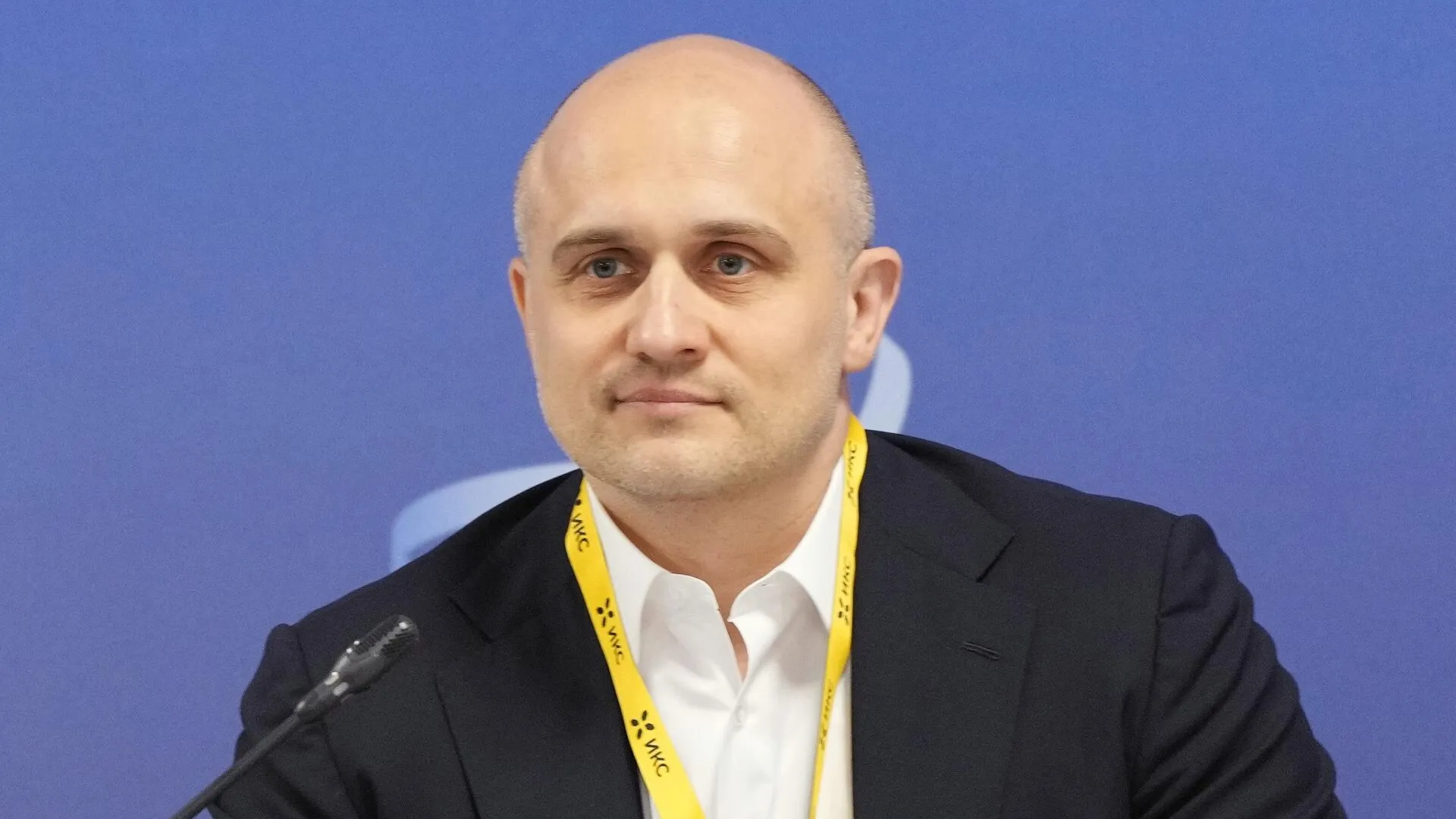Russia Develops Photonic Circuit Components for 6G Devices
Russian scientists have designed and tested key photonic components that could power future 6G communication systems. The technology aims to deliver ultra-high-speed data transmission using artificial intelligence and sub-terahertz frequencies.

Building the Foundation for the Future
Although large-scale deployment of 5G networks in Russia is still underway, researchers are already developing components for sixth-generation (6G) communications. The upcoming standard promises data transfer rates of up to 1,000 gigabits per second—10 to 50 times faster than current networks—and will integrate artificial intelligence at the core of its network logic.
Recently, Moscow-based scientists announced the creation of a basic element of an integrated photonic circuit operating in the sub-terahertz (sub-THz) range. These circuits are being designed for next-generation 6G and AI computing devices. According to the researchers, the technology enables processing and analysis of information ‘on the fly,’ without consuming energy for intermediate data storage.

To put it simply, everyday devices like smartphones typically operate in the microwave range, while remote controls use infrared. Between these frequencies lies the terahertz and sub-terahertz spectrum—where 6G will operate. By increasing the carrier frequency, 6G networks will achieve extremely high data transfer speeds.
What It Means for Users
A team from MIET, MPGU, NUST MISIS, and the Technology Center has designed, fabricated, and tested non-volatile attenuators—devices that reduce signal amplitude or power—within integrated photonic systems. These allow precise control of sub-THz signal parameters. Beyond faster computation, the technology eliminates the need to convert signals back and forth between optical and electronic formats, resulting in more compact and cost-effective transceiver modules for end users.
Researchers emphasize that integrating artificial intelligence into 6G systems will significantly improve transmission speed and reliability by minimizing channel errors. AI will also detect real-world events from recorded signal patterns and dynamically allocate hardware resources in real time—optimizing both network traffic and computational workloads.
Research Collaboration Across Russia
6G technology remains far from commercial rollout; current efforts are experimental. In July, China launched the world’s first test 6G network, underscoring the race for technological leadership. In Russia, several institutions are driving parallel research efforts.

In February 2025, the Telecommunications Research Institute of HSE University demonstrated a stable sub-terahertz wireless channel achieving speeds of 12 Gbps. Skolkovo Institute of Science and Technology (Skoltech) continues work on key components for 6G—focusing on photonics, new architectures, and coding algorithms. In August, Skoltech received a government grant from the Ministry of Digital Development to partially fund R&D for 5G Advanced and 6G technologies.
Additionally, the developer company Bureau 1440 is actively participating in international standardization of 6G networks. The new global standard is expected to be finalized and implemented by 2028.

Opportunities for Export and Technological Sovereignty
Russian experts believe these advancements have strong export potential. The ultimate goal is to create commercially viable equipment for next-generation communications. If proven reliable, such technologies could be supplied to partner nations in Asia, the Middle East, and Latin America that are also pursuing 6G deployment.
Mass production of new telecom hardware remains a task for the future, but Russian research teams are already laying the technological groundwork needed to ensure independent development of the national telecom industry. By building a domestic ecosystem of photonics, AI, and sub-terahertz components, Russia is positioning itself as both self-sufficient and globally competitive in the emerging 6G landscape.










































